CHRISTINE WEBSTER, born in Pukekohe. 1982, 84, 88 QEII Arts Council Grant. 1989 Polaroid Small Projects Grant, Offenbach am Main, Germany. 1991 Frances Hodgkins Fellowship, UO, Dunedin. 1994 Acting HOD, ASA SoA, Auckland. 1995 part-time tutor, ASA SoA. Arts Council Toi Aotearoa Fellowship, Auckland. 1996-97 part-time tutor, Unitec Institute of Technology, Auckland. 1996 CNZ Professional Development Grant. 1997 CNZ Arts Development Grant. 2003 July-October, MFA Exchange, Elam SoFA, UA. 2002-04 MFA, Glasgow SoA, Glasgow. 2004 appointed Course Leader, BA (Hons) Photography, Cambridge School of Art, Anglia Ruskin University, Cambridge. Lives in UK.
Christine Webster’s photography is based on fiction rather than documentary. It unsettles and disturbs with its probing into society’s accepted boundaries. Her interest lies in working with others to explore the human psyche – people’s different personae, fantasy, identity, gender stereotypes and sexuality. Webster’s models take on new personae to challenge viewers to untangle their entrenched thoughts on (often) moralistic situations. The subjects in her photographs boldly meet the viewer’s eyes in an overt departure from the traditionally averted gaze of women portrayed in paintings of yesteryear. The images are reminiscent of movie stills, in that the image captured seems to be just one moment stolen from a much longer ‘story’. Webster is intrigued by ‘the human condition’, by the universal anxieties that beset us and by the veiled layers of people’s identities.
In the late 1980s, Webster’s series ‘New Myths’ focussed on a questioning of the balance of power in sexual relationships and this evolved in the early 90’s into an exposition of the historical connections between violence and sex, using a male nude model to counter the traditional art historical depiction of the female nude. In 1994, Webster staged a landmark exhibition with her ‘Black Carnival’ works – 60 lineal metres of life-sized cibachromes that surrounded and confronted the viewer from the gallery walls. Their sheer size was daunting, reversing the usual ‘viewer/subject’ roles, and the content offered little comfort, depicting masked or disguised men and women in roles that brought the viewer face to face with scenes contrary to society’s ‘norms’ – a pregnant woman dressed in just a tutu; a male nude half-dressed in a bridal gown; a nude woman wearing a bunny head. Webster seems to specialise in showing us images that we don’t expect to see, and that are likely to discomfit us when we meet them.
Over subsequent series her themes included sexual fantasy (Possession & Mirth), transcendence – in a series working with New Zealand dancer and choreographer Douglas Wright (Circus of Angels), a study of the male/female (photographs of boxers and fabric) (Quiet), and a capturing of the total and innocent abandon that sleep brings in photographs of her baby son, in a ‘take’ on traditional portraiture and with an echo of the reverence of historical, religious paintings (Fugue).
For more information, go to www.christinewebster.co.uk – Webster’s excellent site with images from all series, CV and numerous essays.
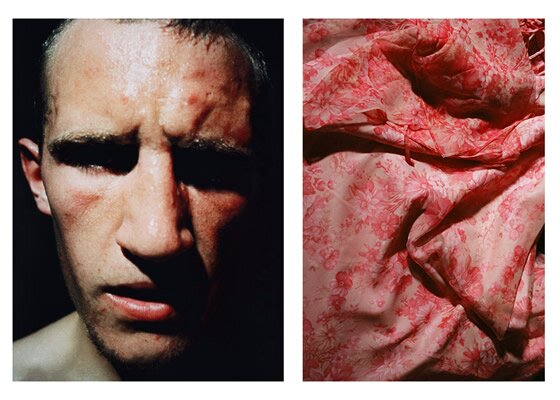

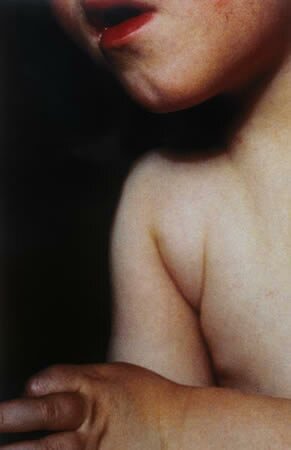
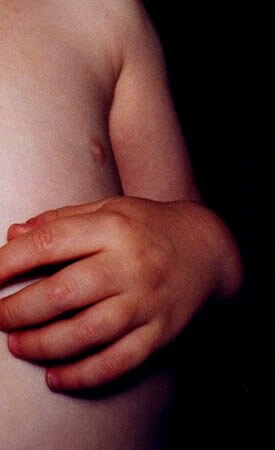
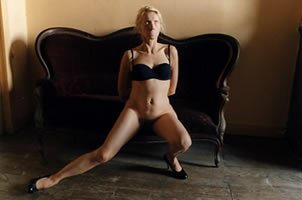

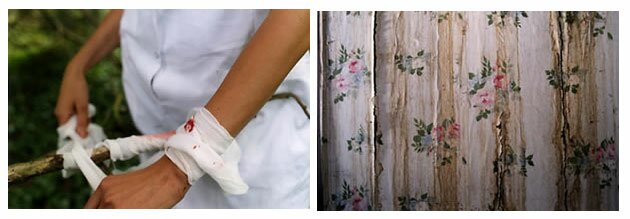
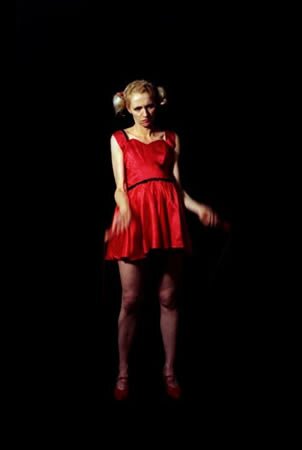



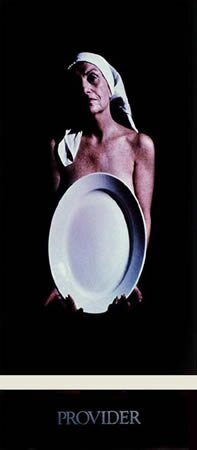
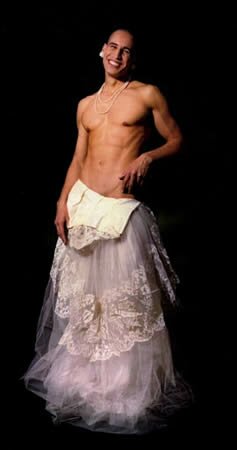
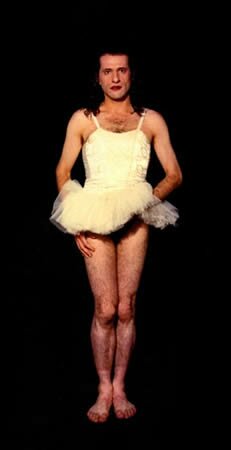
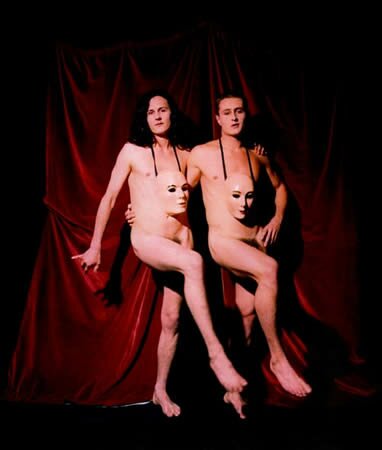

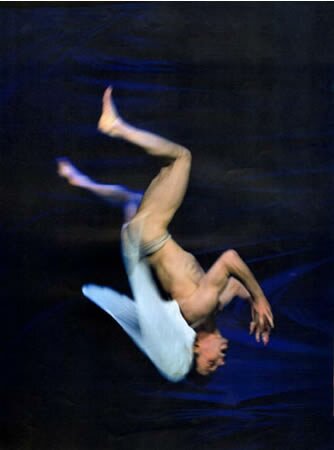
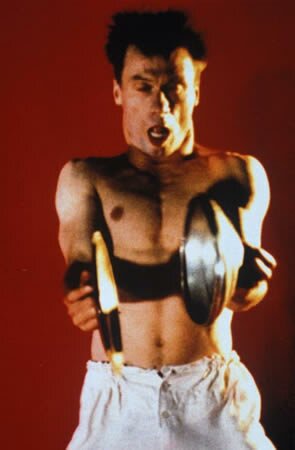

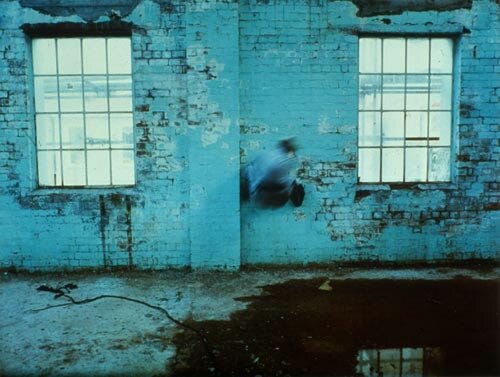
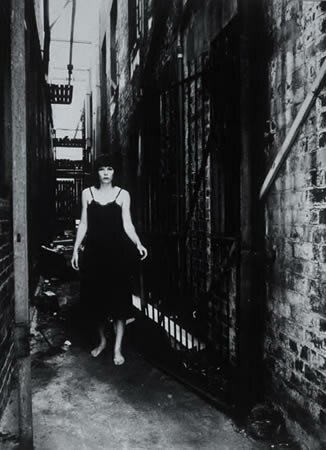
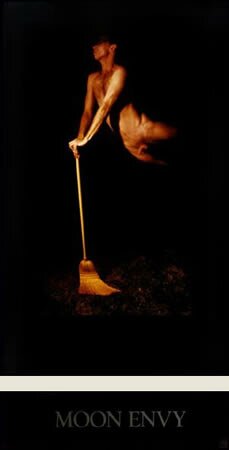
LINKS
. Christine Webster artist website with images from all series, CV and more
. Christine Webster page of photographs from ‘The Hunt, The Seduction, The Kill: a play of desire’
. Christine Webster essay on exhibition of photographs of Douglas Wright, 2002, University of NSW site
. Christine Webster biography and 2 images on PhotoForum site
. Christine Webster review on e-zine ‘NZ Art Monthly’ of ‘Quiet’ exhibition, Adam Art Gallery, 2004
GALLERIES
To be advised
SELECTED BIBLIOGRAPHY
Art New Zealand 29 ‘Christine Webster’s Large Colour Photographs’, Sheridan Keith, 1983
New Zealand Artists: A Survey of 150 Years’, Anne Kirker, Craftsman House, Sydney, 1992
Art New Zealand 68 ‘Process… Procession…Possession -Christine Webster’s Black Carnival’, Ewen McDonald, 1993
Art New Zealand 83 ‘Circus of Angels – Recent Work by Christine Webster’, Sarah Gibson, 1997
Contemporary New Zealand Art 4, Elizabeth Caughey & John Gow, Bateman, 2005

